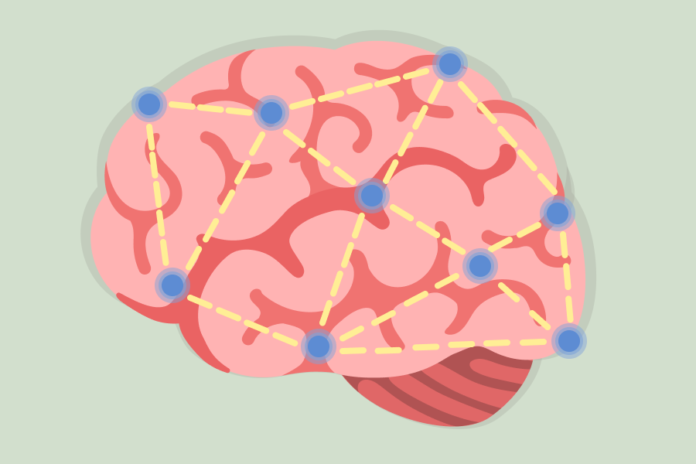Study shows how problems are mapped throughout the brain
By MONICA MANMADKAR — science@theaggie.org
It is known that humans and animals represent choice-outcome relationships in a manner traceable by many researchers and observers. Humans and animals can also represent the hidden structure of the environment that relates certain events and entities to each other.
New research from the UC Davis’ Center for Mind and Brain reveals how brains build a spatial map to represent conceptual relationships. The goal of the study was to illuminate the neural mechanisms in humans that support this kind of reasoning and help close that gap in our understanding of “hidden structures” in the environment to learn faster. Psychologists and neuroscientists further predict that the brain may use this system not only to guide navigation of physical spaces, but also in non-spatial abstract conceptual spaces.
A recent study found ‘place cells’ and ‘grid cells’ in rodent brains.The brain uses these cells to find a specific location and create a direct route between two locations in space. In this study, researchers tested if the brain uses the same system to represent abstract concepts, such as hierarchical relationships, in social networks. By using a mental map, the researchers also found a new method to test how the brain makes novel inferences.
Phillip Witkowski, a UC Davis graduate student in the Department of Psychology, explained the study’s goal through an example: He said that the quality of all fruits is governed by the season, and the fruits grown in the same season are likely to be ripe at the same time. Because he knows this, he can infer information about fruits without having to directly observe it. If he buys a poor quality apple, he can assume that pears will likely also be of poor quality. Knowing this means he does not have to waste any money buying a pear only to find out that it is bad.
“Wasting a bit of money may seem trivial, but reasoning like this can be very advantageous to foraging animals and early humans who have to waste time, energy and risk predation to get to a food source,” Witkowski said. “However, at the time it was unclear how the brain knew about the hidden structure to assign credit for an inferred outcome that wasn’t directly observed.”
Dr. Seongmin Park is a project scientist at UC Davis in the Boorman Lab. Park explained that throughout the study, researchers found that while learning social hierarchy between individuals, our brains integrate them into an abstract low-dimensional graph structure and use this map-like representation to infer novel relationships between individuals who have not been directly compared. More importantly, they found that the brain combines separately-learned relationships into a single unitary representation.
“By having this two-dimensional representation of the hidden structure of social hierarchy, our findings show that the brains compute the angles and distances between individuals and accurately infer their relationships without direct social interactions,” Park said. “This finding shows how our brain generalizes previously learned information and makes novel inferences.”
Many artificial intelligence/machine learning (AI/ML) models are good at classifying images and doing certain tasks because they are trained through thousands if not millions of samples. However, Witkowski explained that “many models, including advanced neural-network models, often don’t know about the ‘hidden structure’ of certain tasks, which can hinder their ability to learn quickly or generalize to new samples that have never been seen before. Humans, on the other hand, are very good at this sort of quick learning and can easily generalize to new situations.”
The study is part of growing scientific literature that argues for the importance of representing these structural relationships in the task or environment, which offers the potential to help rapidly train AI/ML systems and increase their performance when generalization is required.
Looking to the future, Park detailed a few ways in which they would like to continue their research. First, they are planning to examine how the structural representations in the brain evolve in the process of learning. Second, they want to determine if the different structures of cognitive maps explain the biases and differences in decision making across individuals. Finally, they will also test if neural networks in AI/ML systems have similar or different representations in their hidden layers after training them to learn the same relationships as tested in the human participants and how the performances change according to the representational structures.
Written by: Monica Manmadkar — science@theaggie.org





